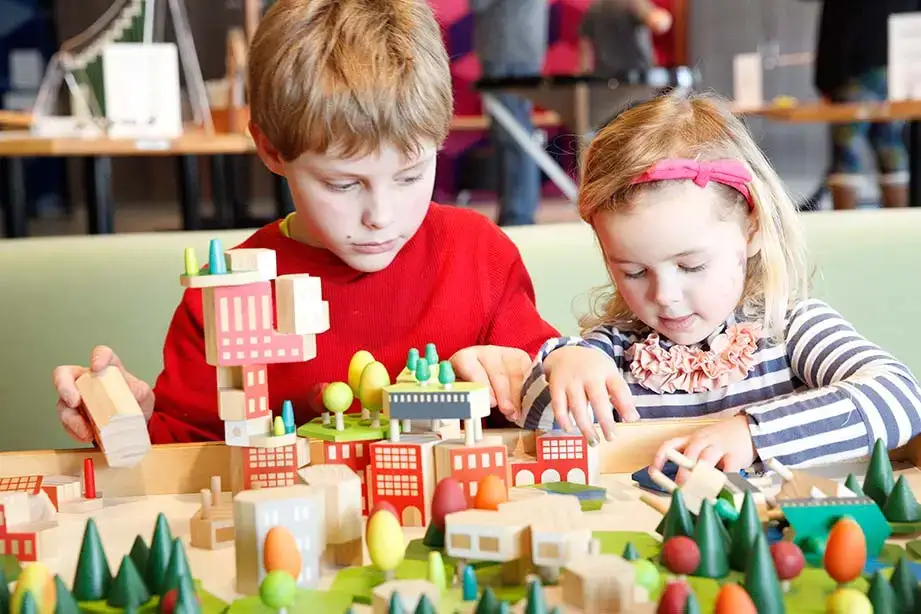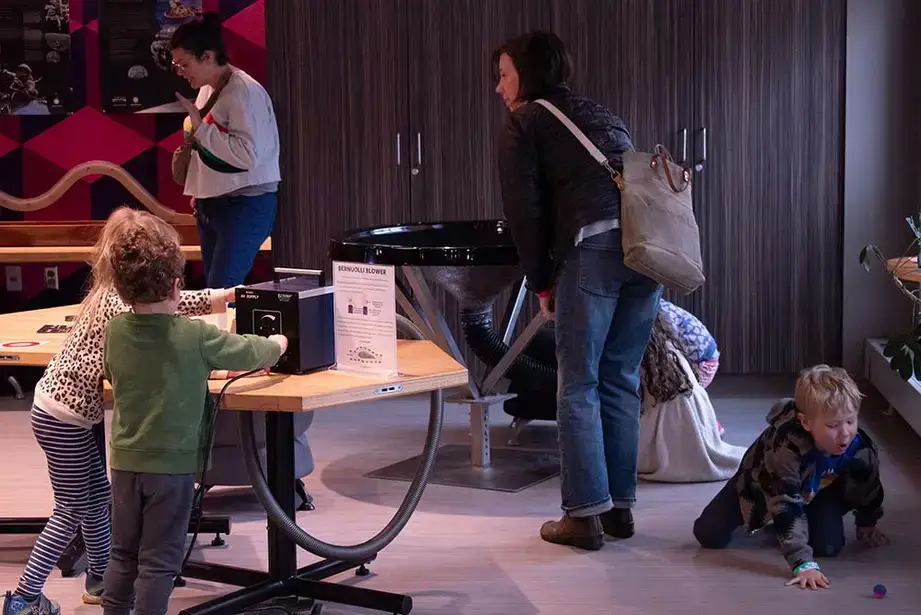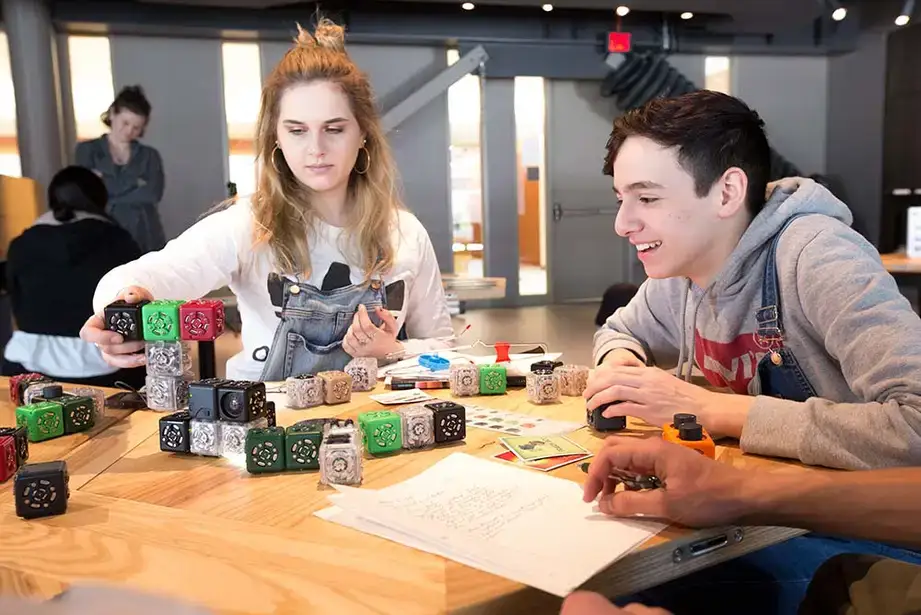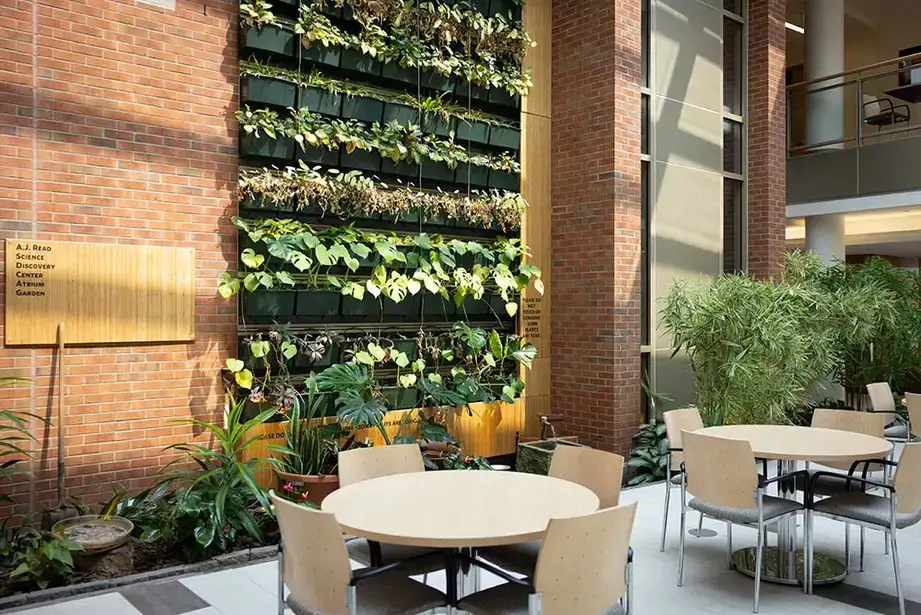Closed Dec. 24-25 and Dec. 31-Jan. 1
Please note that the center will be closed on the following days:
Wednesday, Dec. 24
Thursday, Dec. 25
Wednesday, Dec. 31
Thursday, Jan. 1
Free and Open to the public!
We are open to the public Tuesday-Saturday, 10 a.m. - 4 p.m. We have a lot of fun new interactive exhibits, so if you haven't visited in a while, it might be time again! If you are planning to visit with a group of 10 or more people, please fill out the group visit request form on our School Field Trips and Group Visits page so we can ensure adequate staffing.
Field Trips and Group Visits
The A.J. Read Science Discovery Center makes a great destination for a school field trip, especially for grades 3-5. We have a variety of engaging, hands-on STEM exhibits and demos, and the SUNY Oneonta planetarium is one of the most advanced in the region. There is no cost to visit us.
The Science Discovery Center features a variety of fun and interactive STEM exhibits for our community to explore.
Accessible and Sensory Safe
We try hard to be accessible to all! Our building is ADA compliant with reserved spots not far from the southeast door, closest to the Science Discovery Center. The SDC itself is also accessible, and people in wheelchairs have reported that our exhibits are easy to navigate. We have a number of demonstrations and exhibits that are accessible to those who are blind, visually impaired, deaf, or hard of hearing. The SDC is often very quiet. We do not play music, and most of our exhibits do not produce loud noises. If you have a specific sensory or accessibility need, please feel free to contact us at sdc@oneonta.edu or 607-436-2011 with any concerns or inquiries!
Give to the Science Discovery Center
Contact the Science Discovery Center
Tuesday - Saturday
10 a.m - 4 p.m
Physical Science Building
108 Ravine Parkway
Oneonta, NY 13820



